Impressions One Month After Delivery of the Porsche 911 Carrera (992 Cabriolet)|Is the Latest Porsche the Best Yet?
公開日:2020.10.19
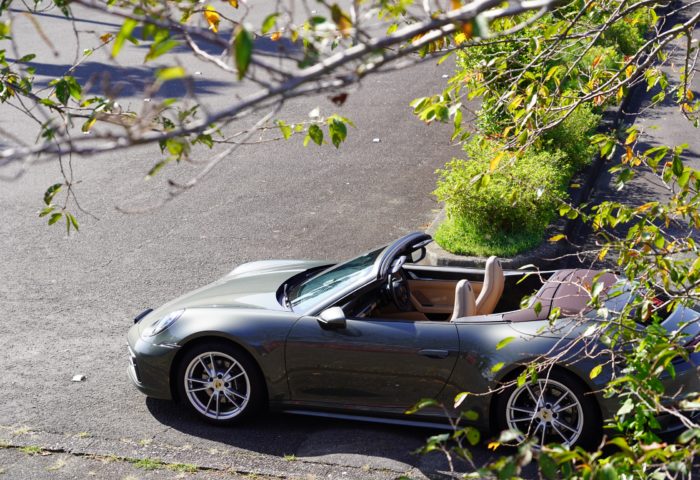
Time flies—it’s already been a month since the Porsche 911 Cabriolet (992 model) was delivered. Recently, my husband has been driving this 911 Cabriolet (992 model) almost every day, and he kindly shared his impressions after one month of ownership. Please take a look if you’re interested.
One Month with the 911 Cabriolet
Since the delivery of the Porsche 911, we’ve been trying to rack up the mileage quickly to reach the 3,000 km break-in mark by using it for commuting, daily drives, and Sunday runs on the Royu Driveway as much as possible.
We’ve grown quite accustomed to the car itself, and the initial unfamiliarity has almost completely disappeared. This time, we went on a roughly 500 km day trip, so I’d like to report on the characteristics of the 992 model that became clear during that trip, points I noticed, and differences from the S model.
The Base Carrera’s Engine
This 911 does not have the Sport Exhaust installed. However, the startup sound is quite loud and resonates with a deep tone. Starting the engine early in the morning or late at night when cold requires considerable consideration for the neighbors. Perhaps because the Japanese and American versions of the 992 currently do not have a GPF (Gasoline Particulate Filter), even the normal exhaust produces a fairly loud startup sound.
It’s comparable to, or even almost the same as, the Sport Exhaust-equipped models.
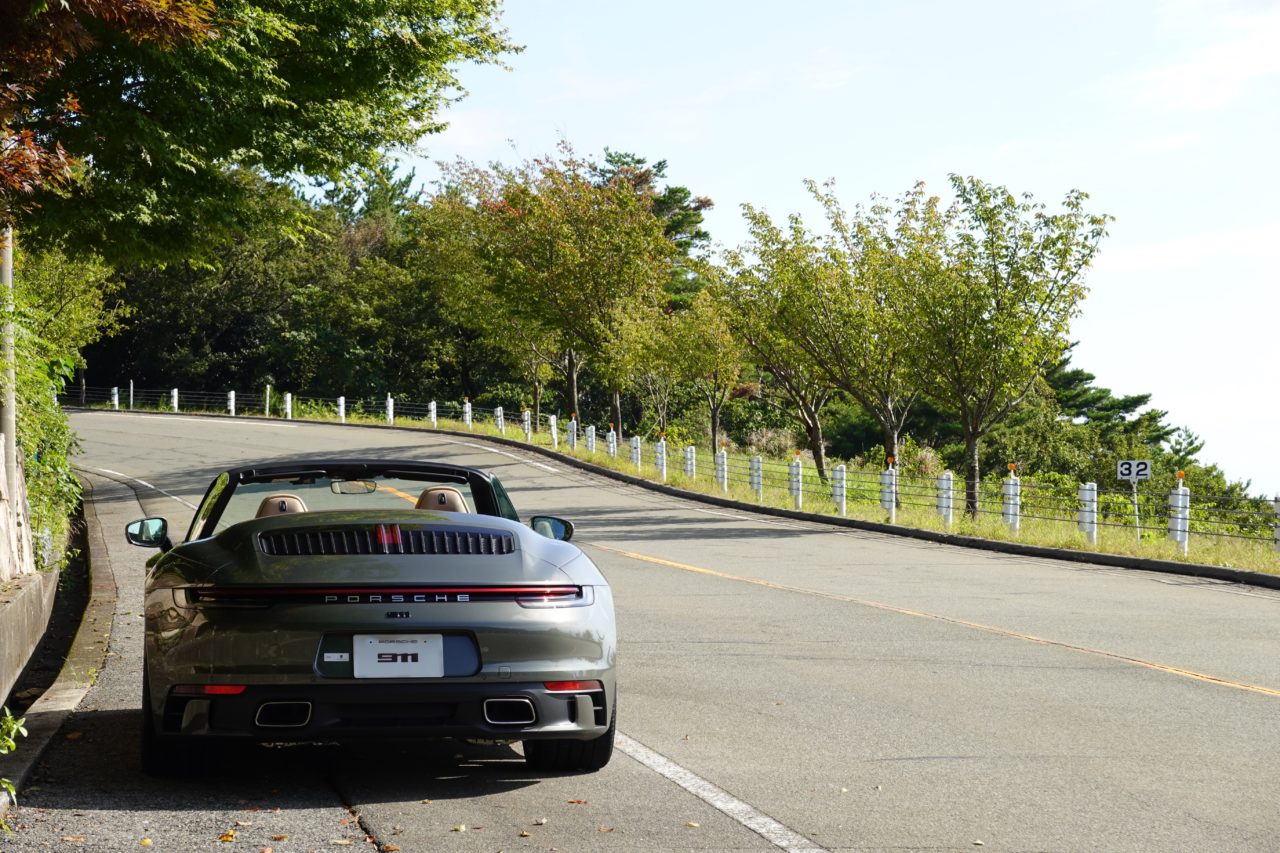
After a brief warm-up, we headed toward the highway through the city, and the biggest difference between the base 992 Carrera and the Carrera S is in how it feels in city driving. The base Carrera’s engine is incredibly responsive. It’s not that the S is bad, but there’s a clear difference in low-RPM responsiveness. Especially when accelerating between 30 km/h and 60 km/h, the throttle feel is very natural, almost like a large-displacement naturally aspirated engine.
From my past car ownership experience, it’s close to the low-speed response and torque thickness of the 5-liter V8 in the R129 SL500. Even the slightest, almost millimeter-level subtle throttle input is directly linked to vehicle speed, and even at 60 km/h in 6th gear, the slightest pressure from the right foot can control the car effortlessly.
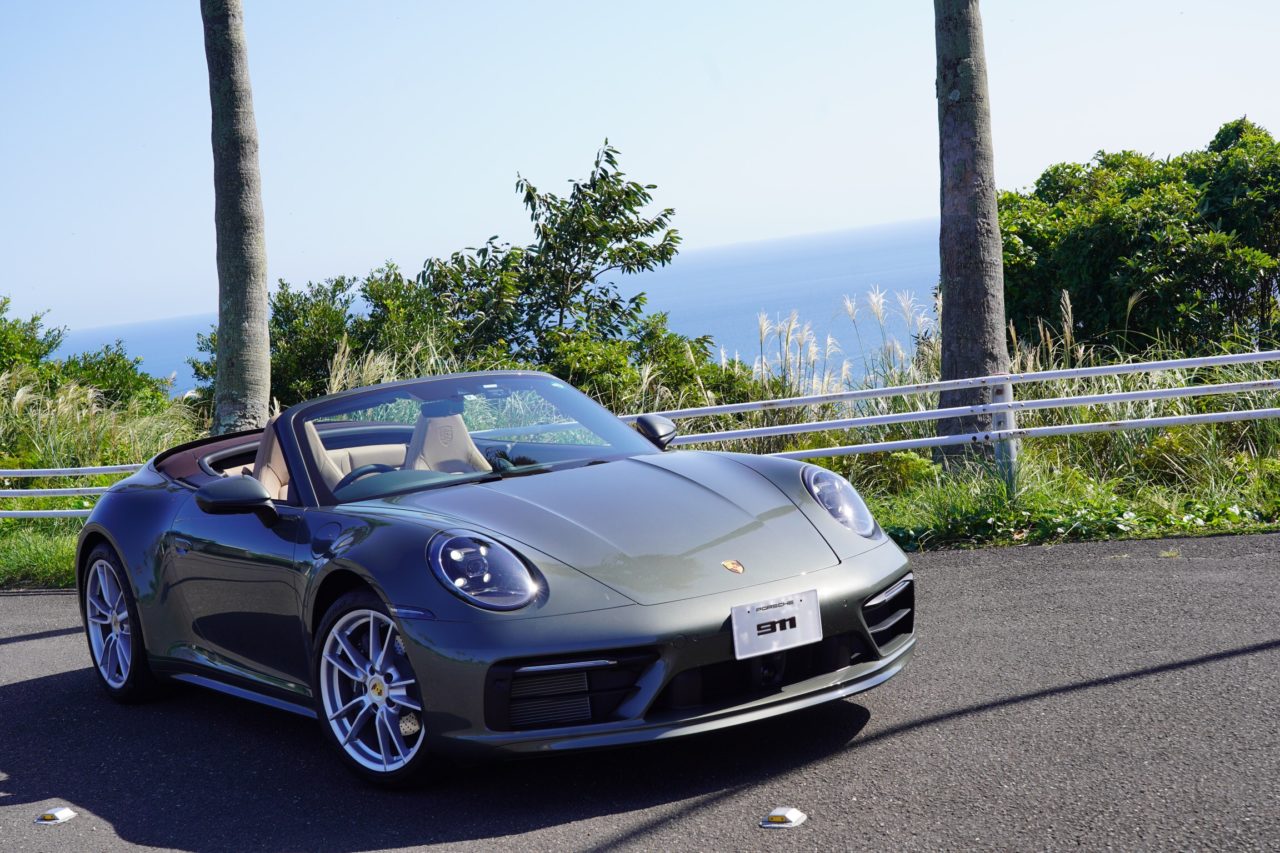
Porsche is often a brand where throttle and vehicle speed are nearly proportional, but I think the drivability of this 992 Carrera stands out remarkably. Recently, a Porsche friend drove this 992 and was amazed, saying, “This is completely different from the S I test drove! Amazing! So easy to drive!” So it’s not just my imagination or misunderstanding.
This is because the turbo on the base Carrera uses smaller diameter turbines and compressors compared to the S, allowing the turbo to spool quickly with minimal exhaust pressure. This is a big advantage, and the drivability in city traffic is at a very high level.
On the other hand, the S dominates acceleration in the mid-to-high RPM range. Of course, even the base Carrera does 0-100 km/h in about 4.2 seconds, so hardly anyone would say it’s slow, but there is a 65 hp power difference, so those wanting overwhelming power should choose the S.
The Base Carrera’s Suspension
Since this 992 is a Cabriolet, there may be some differences in tuning compared to the coupe, so I want to mention that upfront.
In conclusion, the base 992 Carrera’s suspension is tuned to be sporty. Right after delivery, I described it as “firm and stiff,” but now, after over 1,000 km, I no longer feel that negative stiffness. However, from memory, I still think it’s firmer than the S or 4S. Also, my car is equipped with the standard 19/20-inch Carrera wheels. The optional 20/21-inch wheels would likely feel even firmer.
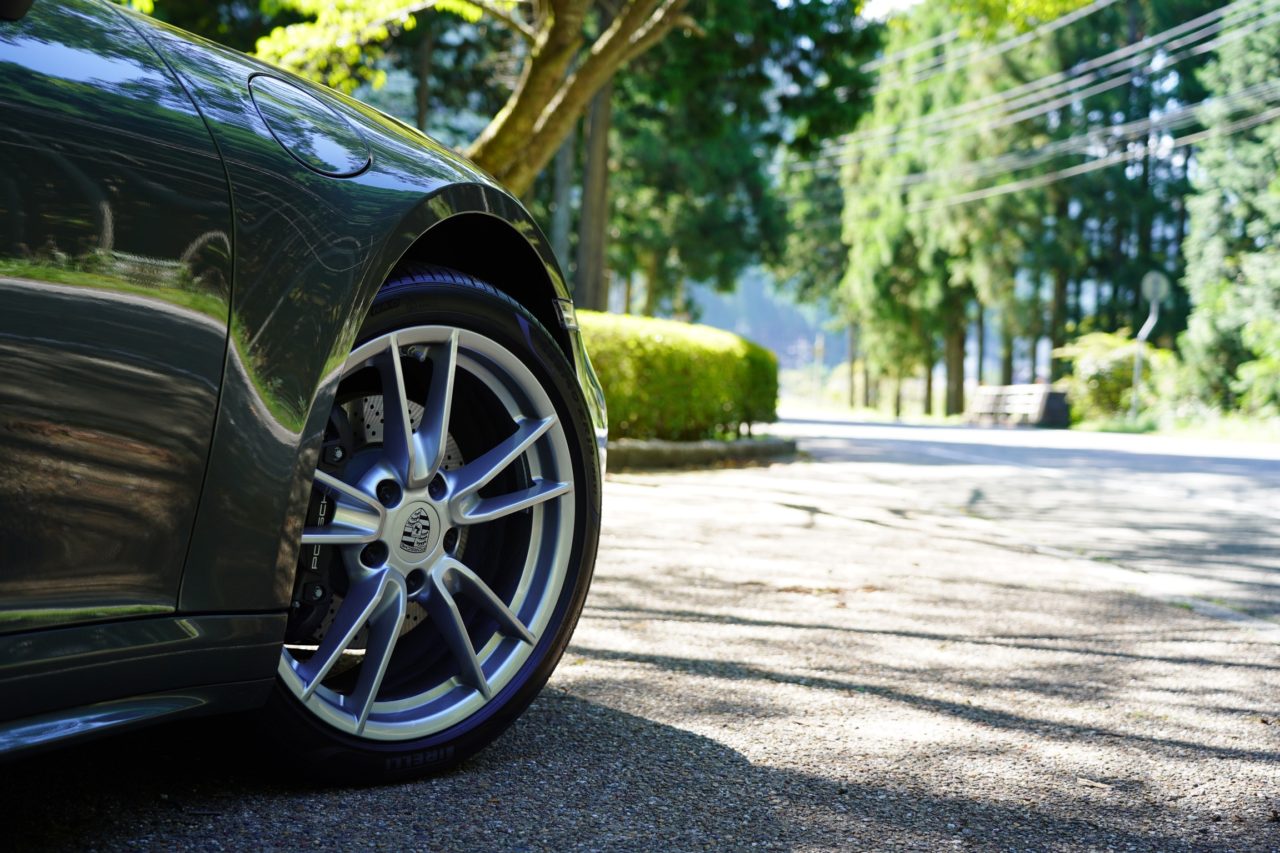
Recently, entry-level 911s tended to have softer suspensions, with the S and GTS models becoming sportier. However, the 992 seems to have returned to its roots, with the base Carrera tuned sportily like the air-cooled 911s, and higher grades and Turbo models adding luxury to that sportiness.
The name “Carrera” originally means “race,” and the first 911 to bear the name was the 1973 Carrera RS, commonly called the ’73 Carrera.
Specifically, the suspension clearly transmits the sharpness of rough road surfaces. This comes through the steering and the seats. Of course, it’s not a cheap or low-quality sensation. The steering, seats, and floor have excellent rigidity, and it feels intentionally communicated. The vibrations are fully refined, so there’s no discomfort or impact on the tailbone or spine.
Compared to our 991.2 GT3, on relatively smooth pavement, the feeling is almost the same (this is not a criticism of the 992 but a compliment to the GT3). On rougher roads, the GT3 feels more unsettled, and the difference in ride comfort becomes clear.
Therefore, riding the GT3 on busy mountain roads for long periods can shake your head and cause neck and shoulder stiffness, but the 992 doesn’t cause that.
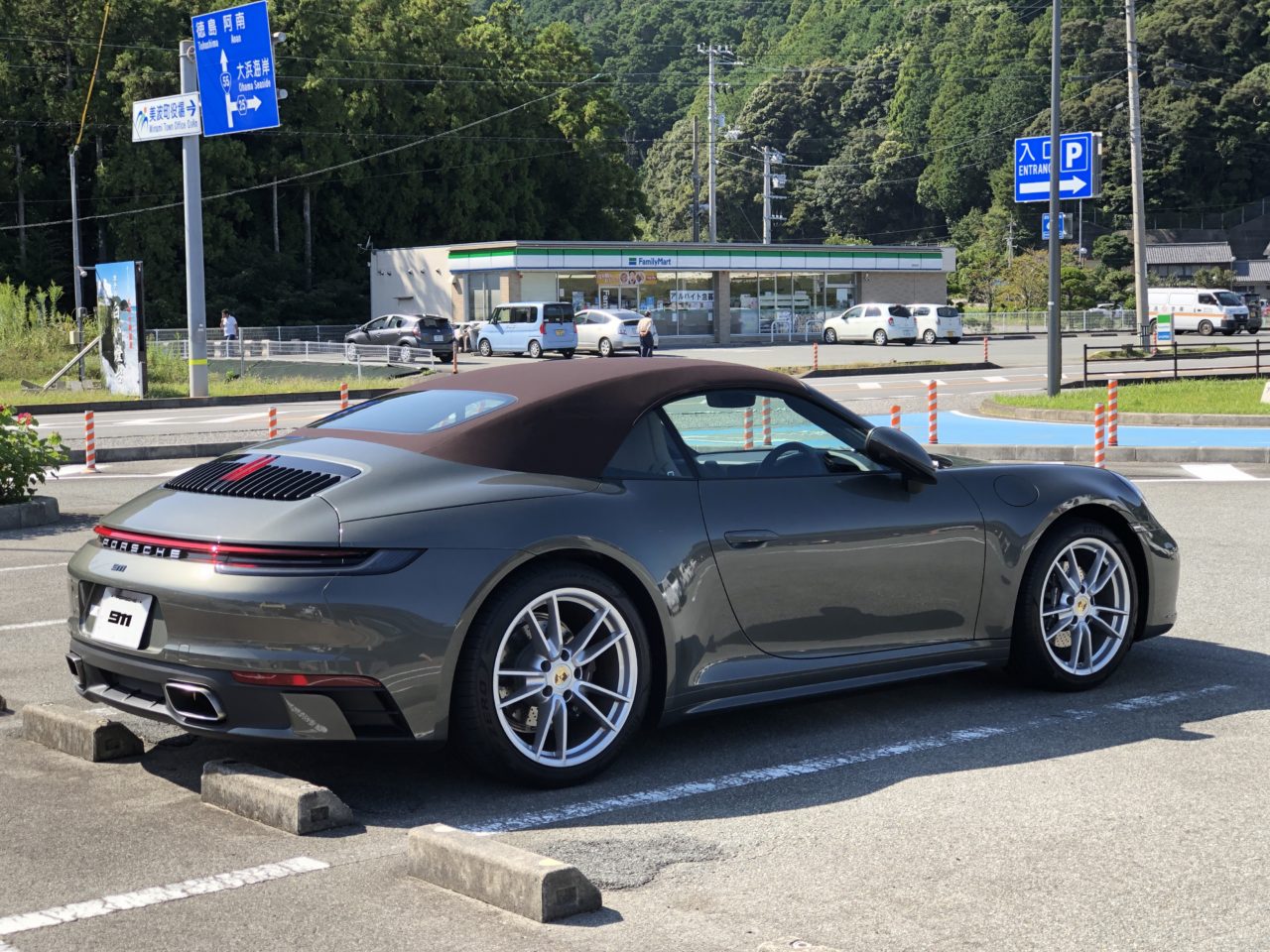
This 992’s ride quality might be described by someone who usually drives SUVs or sedans as “a bit firm” when used as a shopping car. On the other hand, those familiar with older Porsches might say, “This solidity and the richness of road feedback is what a 911 is all about.” Depending on your past experience and how you relate to cars, this ride can be either a blessing or a curse.
So, if you prioritize ride comfort and prefer a luxury coupe feel, the S line would be a better choice. But if you value the simplicity, solidity, and richness of information typical of classic 911s, the base Carrera is probably the way to go.
| Next page → Impressions of the 992 on Winding Roads and Highways |
このブログが気に入ったらフォローしてね!


Comment ( 0 )
Trackbacks are closed.
No comments yet.